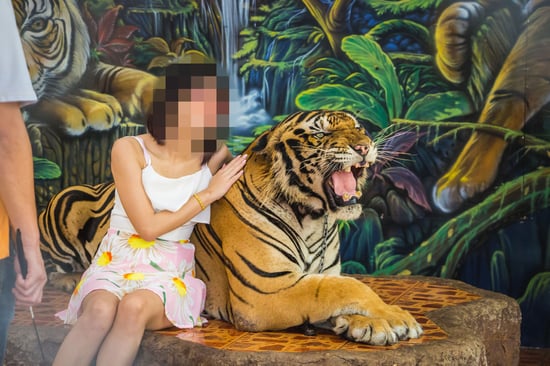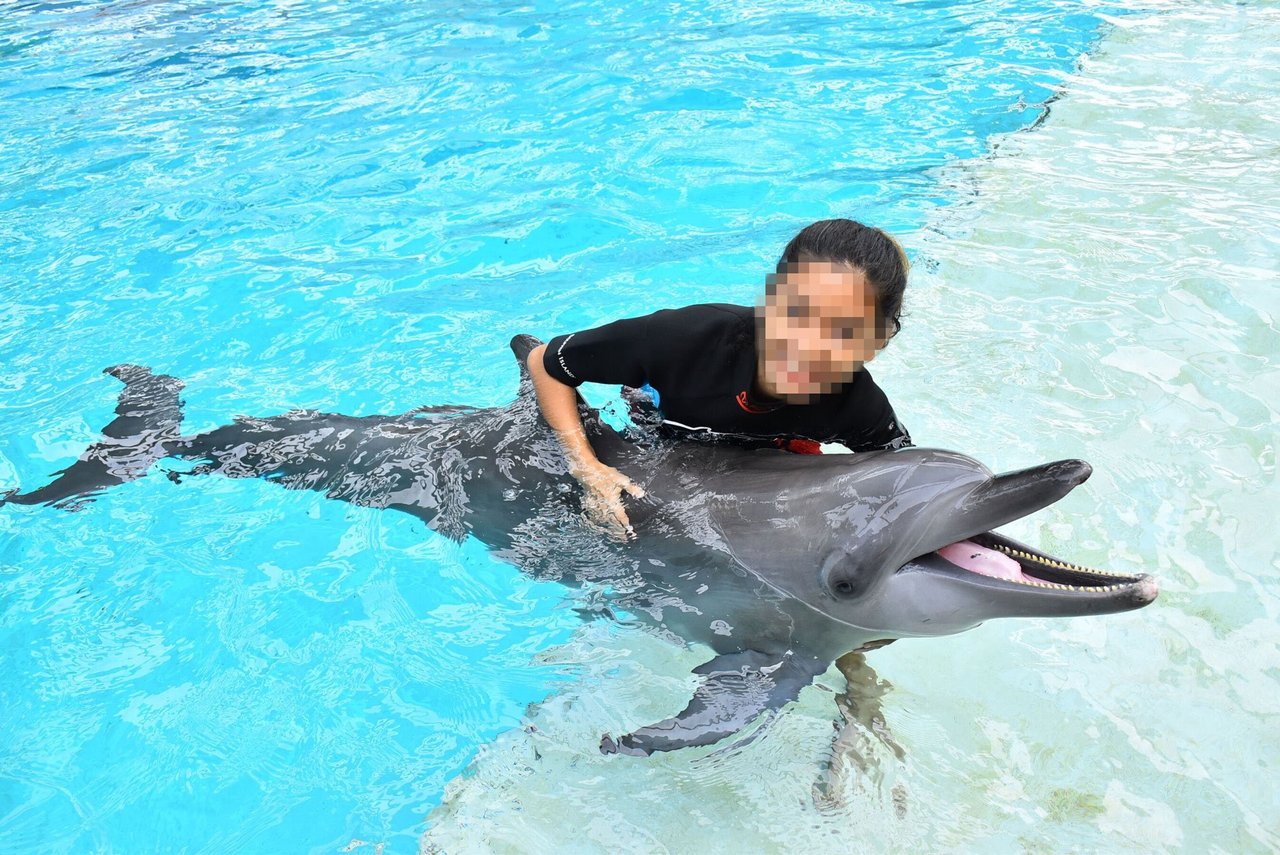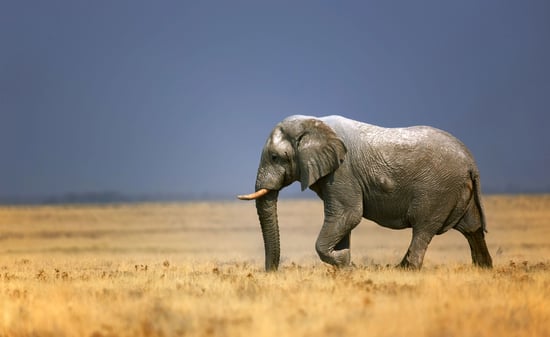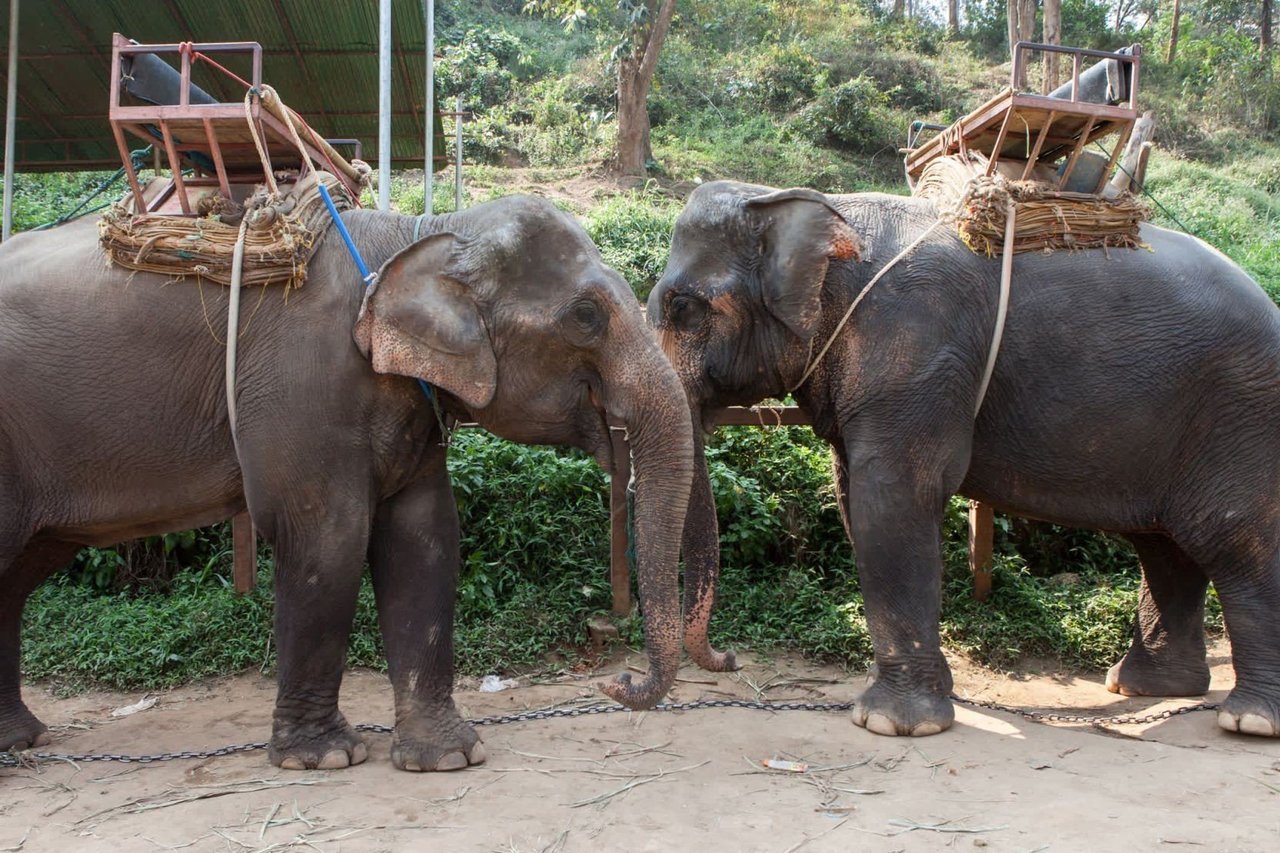550,000 wild animals are suffering miserably at tourist attractions in Asia and across the world
Even if the animal appears happy, there’s severe cruelty going on behind the scenes
Iconic wild animals are being severely exploited just to entertain tourists. Elephants are used for rides, tigers for selfies, lions for ‘walking with lions’ experiences, monkeys for shows – and many more.
For most of these animals, the trauma begins shortly after birth when they’re stolen from their mothers.
Do research before you go and make sure any wildlife venue you visit is a genuine sanctuary. No high welfare venue should ever allow direct contact with its animals.
Wildlife. Not entertainers:
Protect wildlife

One photo, ride or show = a lifetime of suffering
To make them submissive enough to give rides, perform in shows and allow other human interactions, baby elephants undergo a cruel training process called ‘the crush’.
Around 3,000 elephants suffer in Asia’s tourism industry
This involves physical restraints, inflicting severe pain and withholding food and water, which breaks the animal’s spirit.
When elephants are not performing, they’re often chained up for hours on end. They endure awful physical and psychological torment.

At tiger selfie attractions, tiger cubs are handled and passed around by tourists multiple times a day.
When they’re not used for selfies, they’re typically chained up or kept in small, barren cages.
In Thailand alone, 17 tiger entertainment venues house around 1,500 tigers.
Dolphins trapped in tiny pools
Heartbreakingly, they spend their entire lives in a space not much bigger than a swimming pool
Millions of tourists visit dolphinaria to see dolphins do tricks and perform, but most are unaware of the cruelty these highly intelligent animals endure.

Many performing dolphins are captured in the wild. They're often chased by high-speed boats, then hauled on board or caught in nets. For many, the stress is too much and they die during transportation.

Wild animals belong in the wild
You have the power to help animals
Remember – if you can hug, hold, or take a selfie with a wild animal, chances are it's suffering
By making people aware of the cruelty behind wildlife attractions, we can change the world for wild animals.
Tell your friends about the truth behind wildlife attractions, so they can make better choices for animals on holiday too.
A global movement
Inspired by our Wildlife. Not entertainers campaign, over 200 leading travel companies have committed to end the sale and promotion of elephant rides and shows, including TUI, Intrepid, Thomas Cook.
Social media giant Instagram is working with us to encourage its 800 million users to protect wildlife from cruel selfies. And 1.6 million people have signed up to our wildlife campaigns.
